16th Mar 2023
The number of wines at the very peak of quality in 2020 is right up there with the more consistent vintages because the communes that excelled in 2020 truly did knock it out of the park. Unsurprisingly, this is primarily down to Mother Nature.
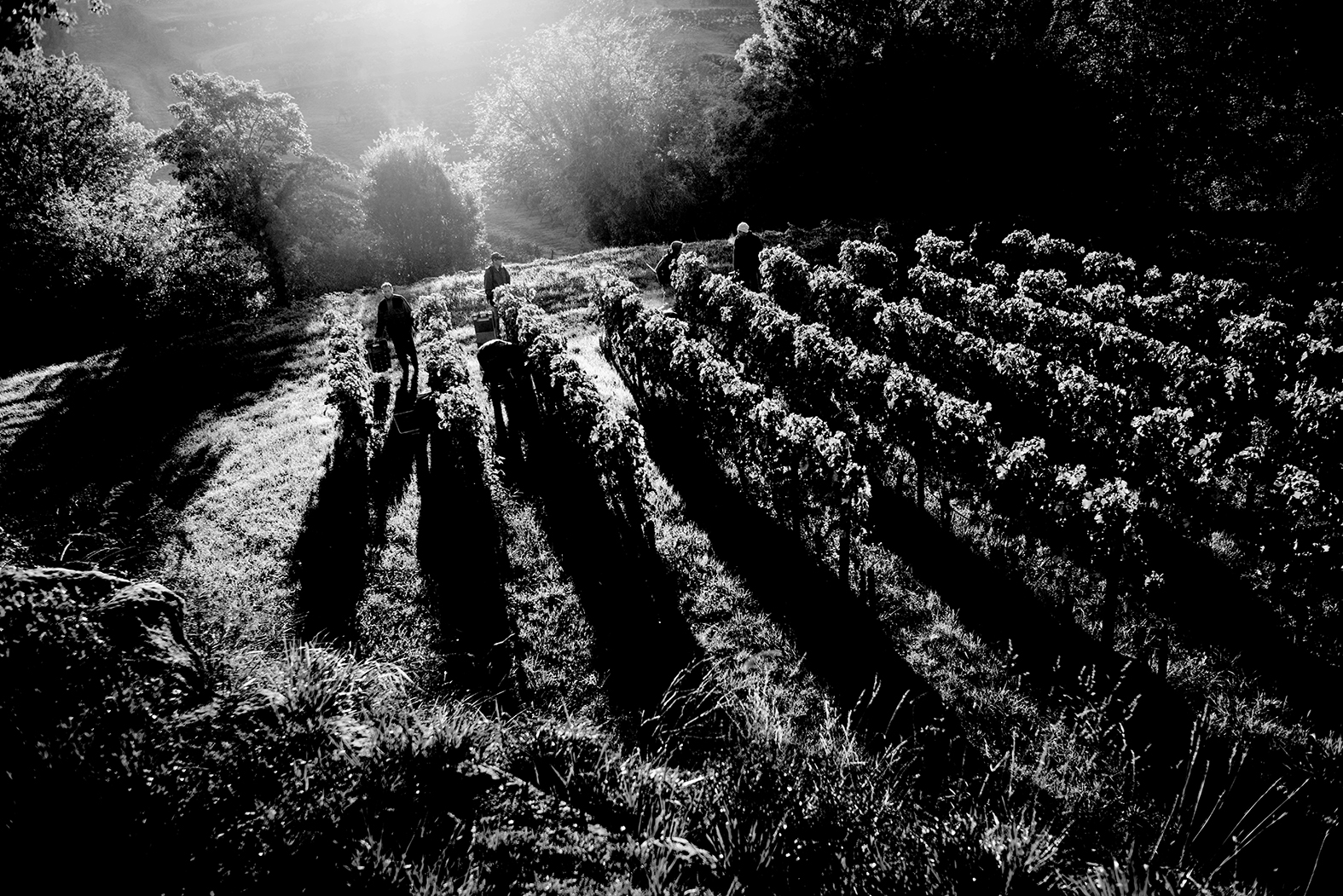
The Classic Boy
From 2015 until 2021, Bordeaux has had an unprecedented string of six very good to outstanding vintages. Yes, some consider 2017 a blip, but apart from the devastating frost at the beginning of that growing season and a few unwise viticultural and winemaking decisions that followed, quality this year can be impressive, although the yields are small.
What is striking is how very different the personalities of these vintages’ wines are:
2015: Sun-Kissed, Opulent, Forward, Variable (some dilution in the northern Médoc)
2016: Powerful, Concentrated, Legendary, Consistent
2017: Soft-Spoken, Elegant, Perfumed, Variable (depending on frost impact and the use of second-generation/compromised fruit)
2018: Rich, Hedonic, Heady, Somewhat Variable (depending on extreme mildew effects on vine balance & the heat/drought impacts, especially dehydrated fruit and under-developed tannins)
2019: Gregarious, Fruity, Generous, Consistent
2020: Balanced, Expressive, Bright, Generally Consistent
Putting the style argument aside—I know some readers dislike the bigger, more alcoholic styles of the 2018s as well as some 2015s and 2019s—my ranking of these vintages in terms of consistency of quality is (from most consistent to least): 2016, 2019, 2018, 2020, 2015, 2017.
However, the number of wines at the very peak of quality in 2020 is right up there with the more consistent vintages because the communes that excelled in 2020 truly did knock it out of the park. Unsurprisingly, this is primarily down to Mother Nature.
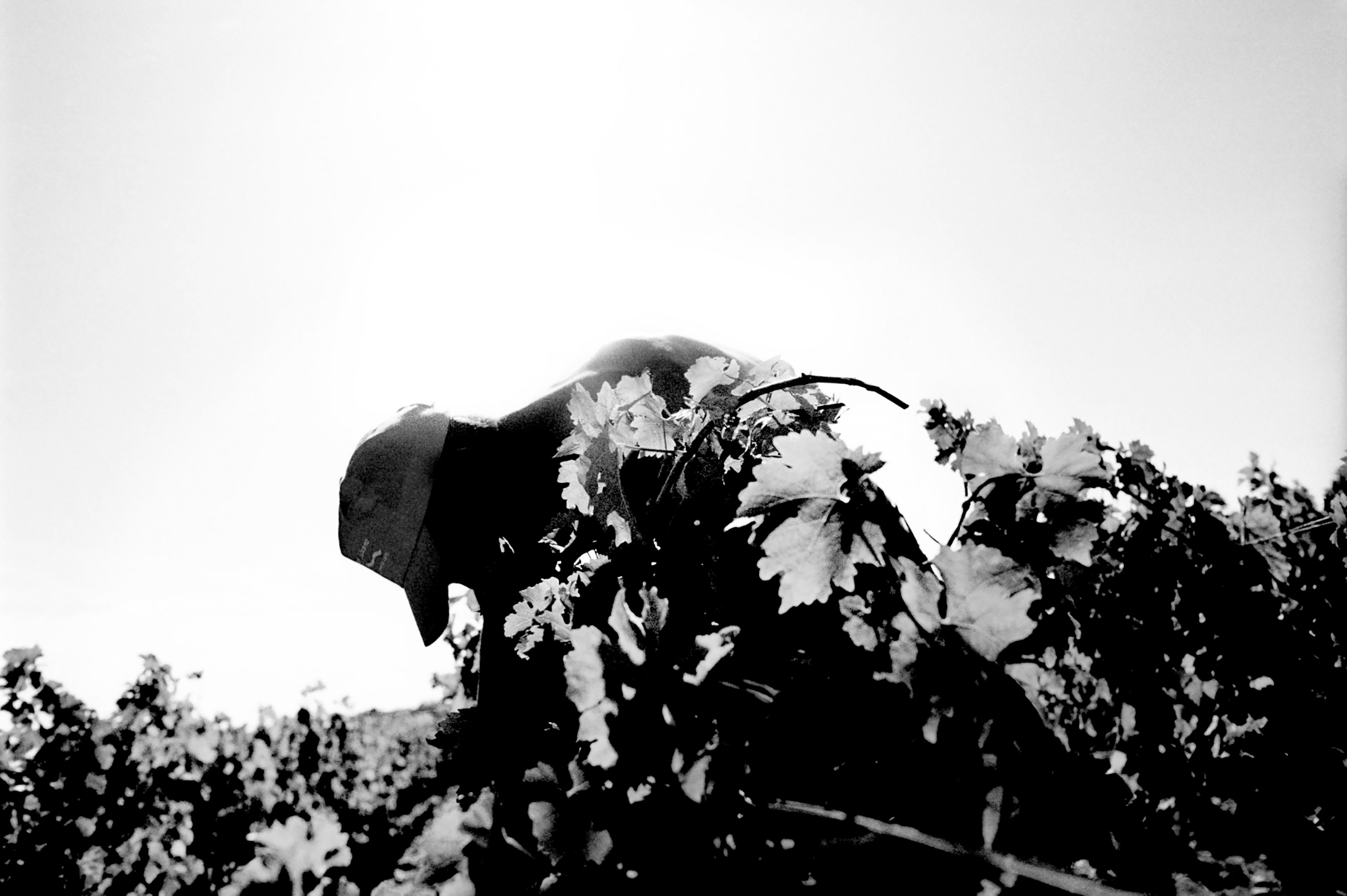
The 2020 Growing Season
The months of November and December 2019 in Bordeaux were very wet, helping to build up the necessary groundwater for the dry season to come.
Les Carmes Haut-Brion’s technical director, Guillaume Deschepper, said, “The rain during the winter made a big difference this year. We had a high amount of water coming into 2020. It was an early bud break. Then we had two very hot months in April and May, so the vines grew very fast. There was a lot of vigor. We had to fight against the disease pressure.”
Generally speaking, the growing season tracked two to three weeks earlier than average because of the early bud break.
Downpours in May led to mildew outbreaks throughout Bordeaux. However, many growers were far better prepared and more experienced, thanks to the mildew bloodbath of 2018. The rain dried up in mid-June, putting an end to the mildew risk, but then came the drought period—55 days with no rain.
It was one of the driest July's on record.
Veraison was early, occurring mid to late July. Then the heat was turned up during the last week of July, peaking at 39 degrees Celsius/102 degrees Fahrenheit, putting vines at risk of blockage (shut-down), especially on soils without much water-holding capacity (e.g., sandy and gravel-based soils).
Another heat wave occurred during the second week of August, triggering a series of mid-August thunderstorms. The amount and impact of these rains varied enormously across Bordeaux, with parts of the northern Médoc receiving 120 millimeters, while parts of Saint-Émilion reportedly received only 10 millimeters. The timing and amount of this water application in August were critical to successfully revitalizing the vines. Best case scenario: the rains offered just enough wherewithal to continue the vines’ steady ripening of berries. In worst cases, it was too little, too late, or it was too much, resulting in dilution, which occurred in some areas of the Médoc.
White grapes were mostly harvested in August and tended to maintain just enough of the necessary freshness and intensity to make solid flavorsome wines, but I wouldn’t say this was a remarkable vintage for dry whites.
Most Merlots were harvested from the first through the third weeks of September, dodging spells of heat and rain. In fact, the Merlot growing season was hard to fault in areas of Saint-Emilion and Pomerol, especially on water-storing soil profiles such as limestone and deep clay.
2020 was Juliette Couderc's first vintage at Château L’Evangile in Pomerol. She started in August, having come from the Lafite-Rothchild’s operation in China. “Roughly 60% of our vineyard is on gravel and the rest is on blue clay,” Juliette told me. “The gravel can be sensitive to drought. It was the earliest harvest for us. We started on the 2nd of September. From the 11th of September, we had a heatwave, and most people chose to harvest before this. It was a fast, consistent harvest without any breaks. We started with the young vines, then Merlot on gravel, then Merlot on Clay, and then Cabernet Franc, all back-to-back. After this heat wave, the berries dehydrated and gained one degree of alcohol. Yields were not too low—32 hl/ha. As for winemaking, we worked on woodiness, reducing the new oak from 80 to 50%. We worked very hard on making the wood a little more in the background. And we worked hard on the type of oak and toasts, experimenting a lot to adjust and find just the right profile.”
The 2020 L’Evangile is among the finest wines off this vineyard I have tasted—brava to Juliette and her team!
Over at Vieux Château Certan, Guillaume Thienpont said, “In 2020, the vines ripened very, very, very slowly. This wine is not fleshy; it is defined.”
2020 has been an extraordinary year for Pomerol. On a par with 2016 in terms of consistency and quality, an impressive number of breath-taking wines were produced across this small commune, possessing stunning beauty underpinned by serious structure and gravitas.
The Cabernets (Sauvignon and Franc) were a slightly different story. Firstly, there was some dilution in the northern Médoc in mid-August due to the severe thunderstorms. Normally, these would not have posed a problem at this time if the grapes had ample time to recover from the impact of all that water, especially on less free-draining soils. But, the very real threat of Storm Alex on the 2nd of October meant that the Cabernets’ growing season was slightly clipped and the harvest window was tight for these varieties, which require more hang-time than Merlot.
Eric Kohler at Château Lafite said, “It was a great finish, but the beginning was not easy. It was hot and we had an incredible precocity. From mid-May to the 20th of June, we had a lot of rain. We had a lot of mildew pressure. 2018 was bad, but 2020 was worse for us. But fortunately, from the 20th of June, the dry weather came, and the mildew was blocked. The summer was very dry, then there was a good quantity of water for the beginning of August, for veraison. The wines are classic. The maturation was very different from 2018—more classic than 2018 and 2019, with lower alcohols. Of the trio 2020 is the classic boy, 2018 is the atypical boy, and 2019 is the charming boy. Today 2020 is much more austere and closed...like 2010. We might have the same evolution curve for this wine as the 2005. 7% of Merlot in the grand vin is high. We usually have around 5% Merlot.”
Indeed, many of the 2020 Médoc wines have more Merlot in the blends than usual. But calling this a Merlot vintage oversimplifies the situation. Great Cabernets were also produced, but with less consistency. Success this year was mainly down to location, luck of the rains, and terroir. This said, because of the area’s predominance of Merlot and relative lack of rain, 2020 favors the right bank with some heart-thumping wines from Pomerol and Saint-Émilion.
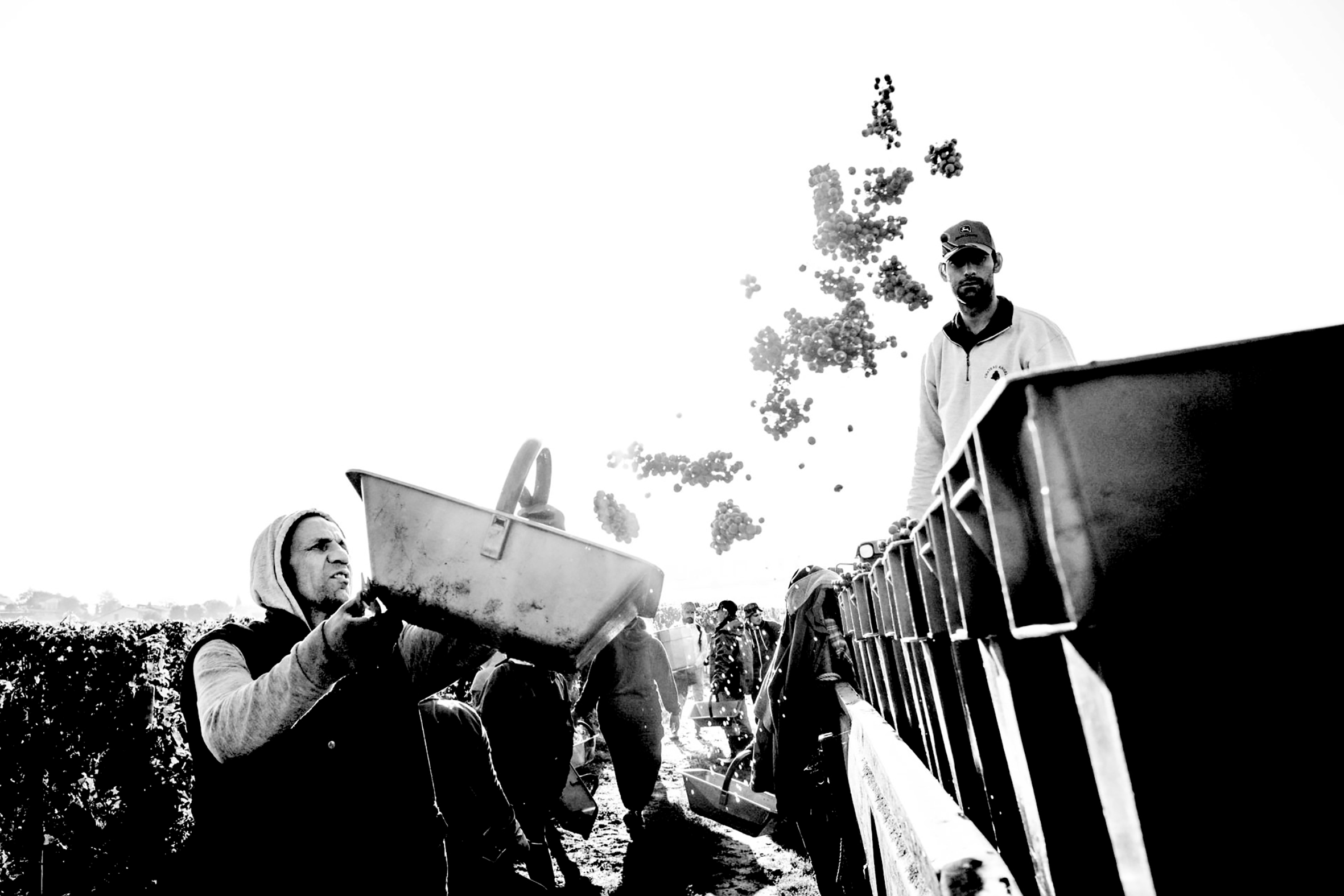
2020 Quality & Styles
Dry Whites
Some good to very good dry whites were made in 2020. Flavors tend to be among the ripe pears, stone fruits, and even tropical fruits spectrum, resulting from the warmer conditions. Acids are good—early harvesting meant freshness was generally maintained. It’s mainly an earlier-drinking vintage for dry whites with moderate aging potential.
Right Bank Reds
The best right bank wines have beautifully pure and perfumed expressiveness—some on the crunchier fruit side and others are juicier. The signature this year seems to be a fantastic mélange of black, blue, and red fruits, creating a complex layered effect that is stunning.
Most Merlots have produced a good level of ripe tannins that are soft and approachable in youth. However, where vines struggled during the drought on the more free-draining soils, the results can be a little chewy.
Alcohols are moderate to high. Most are 14% to 14.5%, while a few top 15%+. Yet the acids are well-balanced to refreshing. Sites on limestone continue to offer strikingly low pHs (higher acidity), e.g., Château Canon at 3.53 pH for an alcohol of 14.5%.
Pessac-Léognan Reds
If the Right Bank shouts fruit purity, Pessac-Léognan remains staunchly earthy/savory, pushing the fruit into the background and waving the crushed rocks, minerals, and spice-box flags. The palates are mainly generous and fleshy. Alcohols are generally 14% to 15%—slightly lower than the Right Bank but higher than the Médoc. The tannins are mostly a little firmer than the Right Bank, lending a solid backbone to the wines. Acids are a little higher than the Right Bank, with many pHs of 3.7-3.8, which is about normal for this area.
Médoc
The best wines of the Médoc are a paradox—lighter-bodied, elegant, perfumed head-turners! They would fool you into thinking that they come from a cooler vintage. At best, these wines have a sustained, well-drawn-out intensity in the mid-palate with good length. At worst, some wines are slightly dilute, missing substance in the mid-palate that doesn’t match the firm tannins, and have an abrupt finish.
2020 tannins from the Médoc have the potential to be very high. Bruno Borie of Ducru-Beaucaillou said, “2020 has an extra finesse, but in terms of analysis, there is a lot. We have an IPT (tannin measurement) of 90!”
The Cabernet berries were notoriously small this year, needing careful management in the winery to avoid over-extraction, especially given the delicacy of the wines. The best wines have very well-crafted, balanced backbones of high-quality, grainy tannins. But some “rustic,” hard, chewy textures are also out there.
Bodies are generally light to medium in weight, and the alcohols are on the low side, typically 13% to 14%.
“We lost .5% alcohol from 2018 to 2019 and another .5% to 2020,” said Jean-Emmanuel Danjoy from the Château Mouton Rothschild stable. “So, we dropped a full 1% of alcohol between 2018 and 2020. It’s a classic year without being austere. There’s none of the sweetness you see in warmer years.”
This markedly lower alcohol in the 2020 Médocs alongside the slightly higher pH’s, which are running high at 3.8-3.9 or above in some cases, suggests some dilution in this area. Yet, in the best wines, the elegance of the fruit and lighter weight is in balance with the lower acidity.
2020 Yields
Most wineries reported that their yields were down slightly in 2020, compared to the 10-year average and 2019, which are roughly the same. The dip was due to the mildew at the beginning of the growing season and also the very small Cabernet Sauvignon and Cabernet Franc berries, partly by nature of how they were formed this year and partly due to some dehydration in mid-September.
Aging Potential of the 2020s
The best 2020 wines undoubtedly have significant aging potential. It is a year when the IPTs (total phenolic index levels) are notably high, and the quality of tannins in the best wines is equally high. Some wines produced on the Right Bank and from Pessac-Léognan will be particularly long-lived. As always, specific drinking windows are available with all my reviews.
More to Come
Just over 500 reviews are published with this report. There is more 2020 Bordeaux reporting in the pipeline, with another couple hundred reviews of red and dry white wines and a dedicated 2020 Sauternes report to come. Until then, happy Bordeaux 2020 hunting!
-
Article & Reviews by Lisa Perrotti-Brown MW
Photography by Johan Berglund
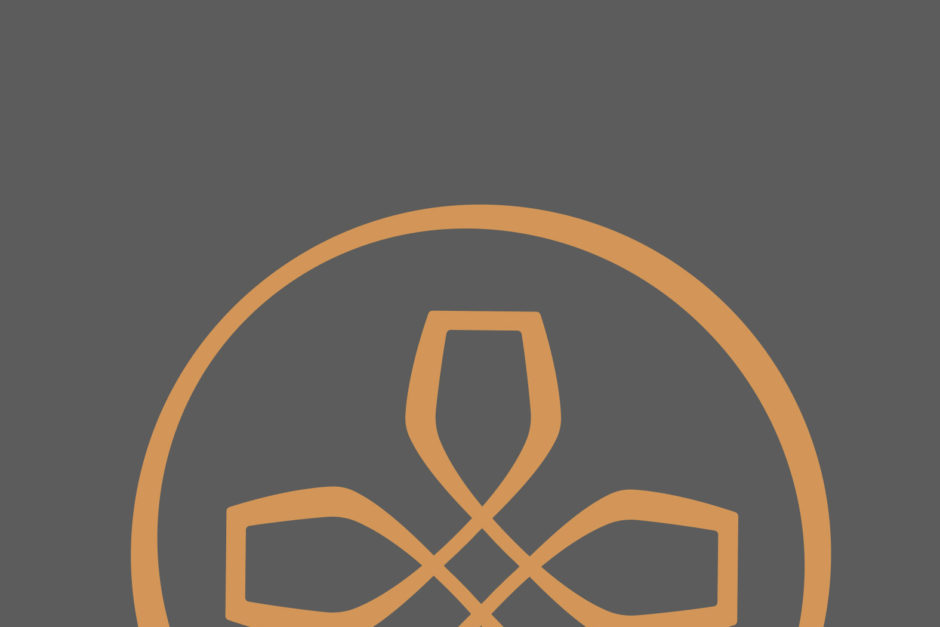
PRODUCERS IN THIS ARTICLE
> Show all wines sorted by scoreMore articles

Bordeaux 2023 Vintage Report and Reviews from Barrel
09th May 2024
649 tasting notes

Cathiard Vineyard New Releases
02nd May 2024
3 tasting notes
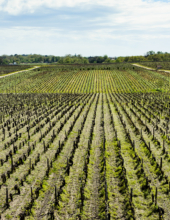
Bordeaux 2023 Preliminary Vintage Report and Reviews from Barrel
29th Apr 2024
56 tasting notes
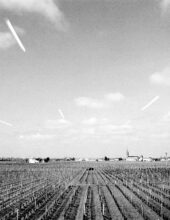
2021 Bordeaux in Bottle and A Modest Proposal
24th Apr 2024
599 tasting notes
Show all articles